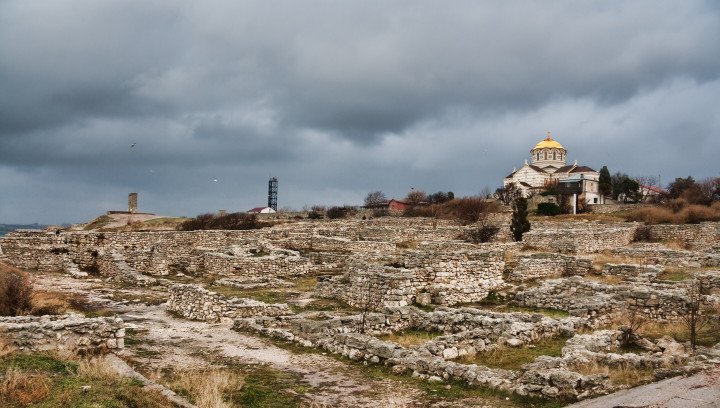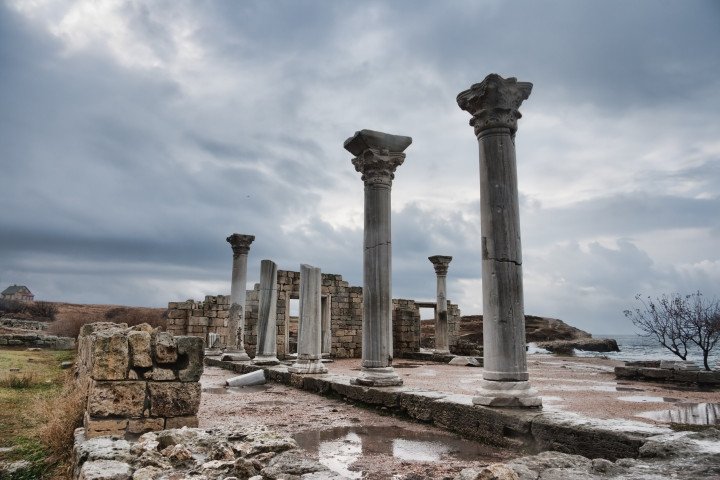- Category
- Latest news
The Chersonesos Taurica, a UNESCO World Heritage Site, Has Been Looted, Altered, and Rebranded by Russia in Occupied Crimea

Russia has destroyed the Chersonesos Taurica in Crimea, a UNESCO World Heritage site of historical significance. According to Evelyn Kravchenko, a senior researcher at the Institute of Archaeology of the National Academy of Sciences of Ukraine, Russian authorities have replaced authentic archaeological remains with a modern theater in the temporarily occupied city of Sevastopol.

The Chersonesos Taurica, an archaeological treasure dating back to ancient times, offers insights into the organizational systems of the ancient era. It is the sole UNESCO World Heritage site in Crimea, notable for its architectural planning by the Greek urban planner Hippodamus. The site, with its grid-like system of streets intersecting at right angles, reflects its significance as a democratic state and a prominent trading center in the Black Sea region during antiquity.

Kravchenko further highlighted that Russian actions have included the removal of authentic artifacts to museums in Russia and the construction of what is now known as the “New Chersonesos” archaeological park. This development has entailed the destruction of original structures and the relocation of some excavated artifacts to alternative sites. The controversial transformation also includes the construction of a cathedral named after Saint Vladimir, affiliated with the Moscow Patriarchate, on the grounds of the ancient citadel.
Efforts to preserve the Chersonesos Taurica as a unified archaeological park have been proposed by Ukrainian researchers since the early 2000s, aiming to safeguard not only individual sections but the entire locality.
In May 2023, the Office of the President of Ukraine in Crimea reported that Russian forces have looted the Chersonesos Taurica museum, seizing Byzantine gold and artifacts made of bone, clay, and other materials.
The Chersonesos Taurica, an ancient and Byzantine city-state situated in southwestern Crimea, was founded 2,500 ago. It was designated a National Reserve in 1892. On June 23, 2013, it was inscribed on UNESCO’s World Heritage List during the 37th session of the World Heritage Committee in Cambodia.




-72b63a4e0c8c475ad81fe3eed3f63729.jpeg)

-111f0e5095e02c02446ffed57bfb0ab1.jpeg)
